Bracken Fern
- October 17, 2023
- 0 comment
scientifically known as Pteridium aquilinum, is a widespread and hardy fern species that can be found in various regions across the world. Its distinctive triangular fronds and lush green appearance make it a recognizable and iconic plant. Bracken Fern typically thrives in open woodlands, grasslands, and even disturbed areas, where it can form extensive colonies.
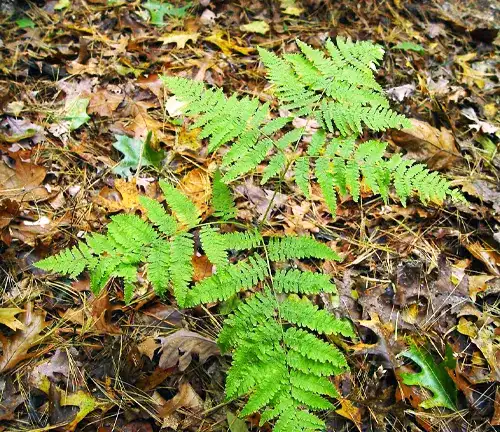
Despite its ornamental appeal, Bracken Fern is a double-edged sword in the plant kingdom. While it has been used for traditional medicinal and culinary purposes in some cultures, it is also known to be toxic to livestock due to the presence of certain carcinogenic compounds, such as ptaquiloside.
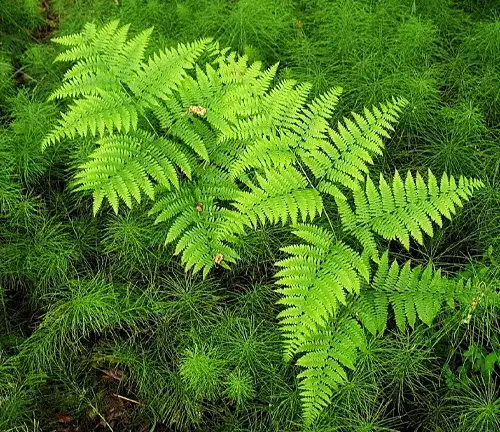
Its adaptability and ability to spread quickly have made it a topic of ecological concern in some areas, where it can out-compete native vegetation. Understanding the role and impact of Bracken Fern in ecosystems is an ongoing area of research, highlighting its complex relationship with both humans and the environment.
| Characteristics | Description |
| Scientific Name | Pteridium aquilinum |
| Common Names | Bracken Fern, Brake Fern, Eagle Fern |
| Family | Dennstaedtiaceae |
| Habitat | Woodlands, grasslands, disturbed areas |
| Size | Typically 1 to 3 feet in height, but can grow taller in favorable conditions |
| Appearance | Triangular fronds with fine, feathery pinnate leaves |
| Toxicity | Contains carcinogenic compounds, such as ptaquiloside, making it harmful to livestock |
| Uses | Traditionally used in some cultures for medicinal and culinary purposes |
| Distribution | Widespread globally, with variations in subspecies |
| Ecological Impact | Can outcompete native vegetation and is an invasive species in some areas |
| Research | Ongoing research on its ecological role and impact on ecosystems |
Botanical Beauty of “Bracken Fern”
In the world of foliage, one plant that stands out with its unique charm and distinctive appearance is the Bracken Fern, scientifically known as Pteridium aquilinum. With its triangular fronds and lush green hue, the Bracken Fern possesses an undeniable botanical beauty. Let’s delve into the intricate details of this enchanting plant and discover what makes it a true gem in the world of flora.
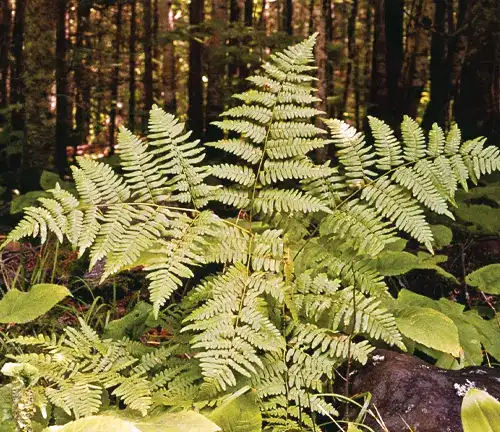
Woodland Elegance
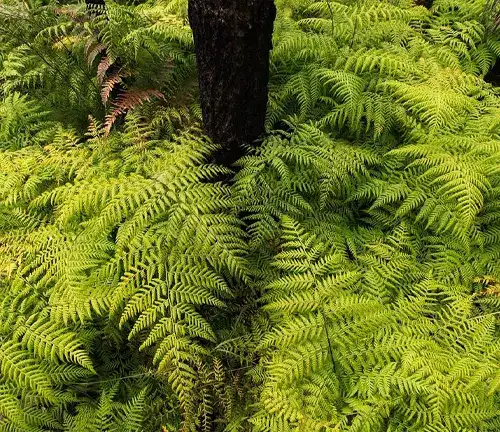
Bracken Fern finds its home in open woodlands and grasslands, where its elegance truly shines. Its graceful fronds, which can reach impressive heights, create a verdant carpet that enhances the aesthetics of these natural landscapes. The fern’s triangular fronds contribute to its woodland charm, providing a unique and delightful addition to any ecosystem fortunate enough to host this remarkable plant.
Ecological Importance
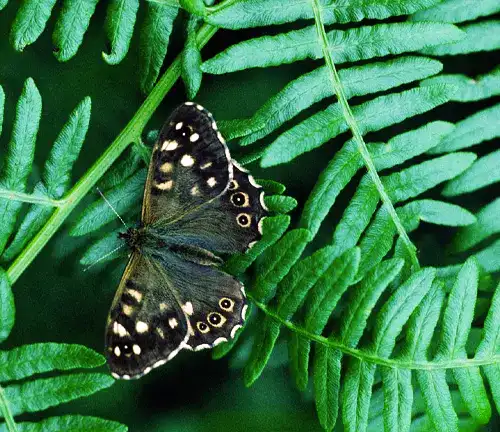

While Bracken Fern is undoubtedly visually appealing, its ecological importance goes beyond mere aesthetics. This fern plays a crucial role in various ecosystems. It provides habitat and sustenance for diverse wildlife, such as insects and birds. Additionally, it aids in nutrient cycling, serving as a natural fertilizer when its fronds decay and enrich the soil. However, Bracken Fern’s ecological significance is a double-edged sword, as it can also be invasive and outcompete native vegetation in certain regions.
Cultivation and Conservation
Cultivating Bracken Fern can be a challenging task due to its preference for specific environmental conditions. It typically thrives in well-drained, acidic soils with ample moisture. The conservation of Bracken Fern is also a topic of concern, as some areas are facing the challenge of controlling its spread in ecosystems where it doesn’t naturally belong. Conservation efforts focus on preserving the balance between its ecological role and potential invasiveness.

Fragrance
One intriguing aspect of Bracken Fern is its subtle, earthy fragrance. When crushed or brushed against, the fronds release a mild, earthy aroma that can evoke a sense of being in the heart of a pristine forest. This unique fragrance adds an extra layer of enchantment to the plant, making it all the more alluring to those who encounter it.
Soil Stabilization
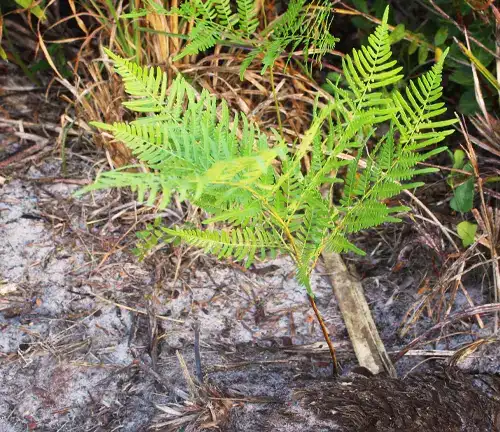
Beyond its visual appeal and scent, Bracken Fern offers a practical benefit in soil stabilization. Its extensive rhizome system helps prevent soil erosion, making it valuable in regions prone to erosion and landslides. This feature underscores its significance in maintaining the stability and health of the ecosystems it inhabits.
Common Uses
Bracken Fern has been utilized for centuries in various cultures for both culinary and medicinal purposes. Some communities have incorporated it into their diets, taking advantage of its nutritional value. Medicinally, it has been used to treat a range of ailments, from wounds to digestive issues. However, caution is essential due to its potential toxicity, particularly to livestock.
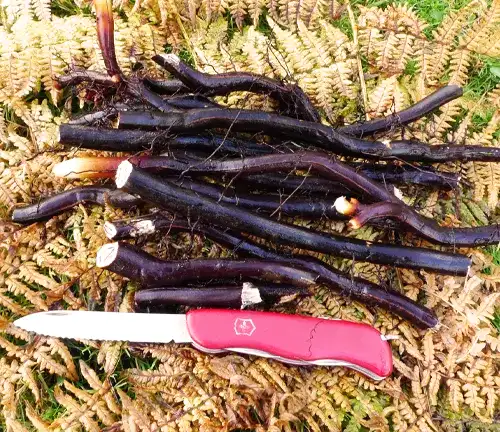
Benefits
In summary, Bracken Fern’s botanical beauty, woodland elegance, and ecological importance make it a fascinating and intricate plant to study and appreciate. Its fragrance and soil stabilization qualities add to its appeal, while its common uses and potential benefits underscore its historical and practical significance. Understanding the multifaceted nature of Bracken Fern allows us to better appreciate its role in the natural world and make informed decisions about its cultivation and conservation, ultimately striking a balance between its allure and potential ecological impact.
Different Species
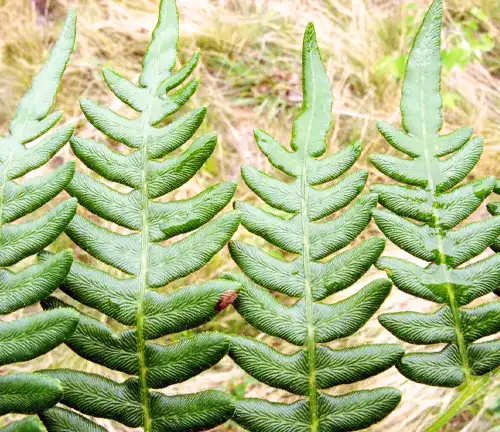
Pteridium aquilinum ssp. aquilinum
This is the typical or common Bracken Fern found in many regions around the world. It is known for its triangular fronds and is often considered a nuisance in areas where it can become invasive.
Pteridium aquilinum ssp. pinetorum
This subspecies is adapted to pine forests and is often found in association with pine trees. It can be more compact and smaller in stature compared to other subspecies.
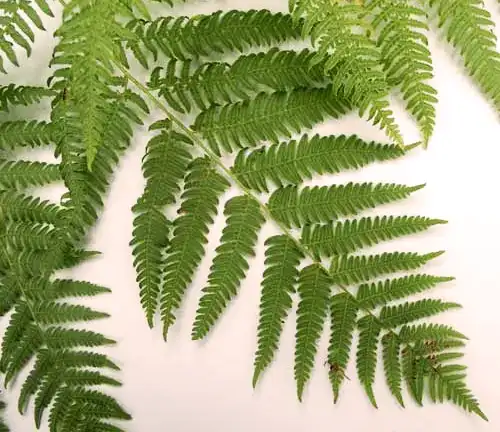

Pteridium aquilinum ssp. pubescens
This subspecies is characterized by its densely hairy fronds, giving it a distinctive appearance. It is found in some regions of North America and has adapted to various ecological niches.
Pteridium aquilinum ssp. wightianum
This subspecies is found in Asia and has slightly different characteristics compared to the typical Bracken Fern. It often grows in open grasslands and woodland areas.
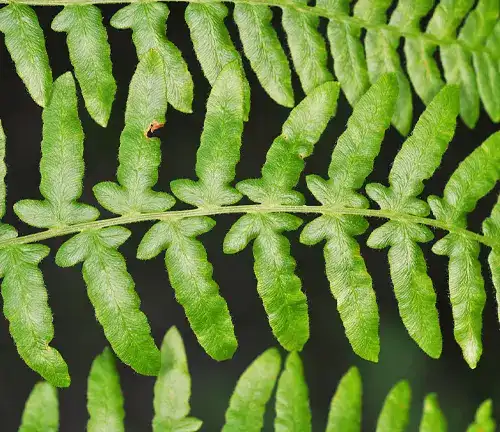
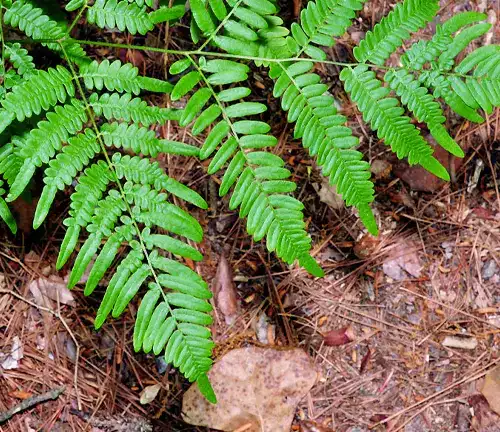
Pteridium aquilinum var. latiusculum
This is a variety of Bracken Fern with broader fronds than the typical subspecies. It is often found in moister environments and may have a more significant ecological impact due to its vigorous growth.
Frequently Asked Questions (FAQs)
1. What is Bracken Fern?
Bracken Fern, scientifically known as Pteridium aquilinum, is a type of fern with distinctive triangular fronds and lush green foliage. It is found in various regions around the world.
2. Is Bracken Fern poisonous?
Yes, Bracken Fern is known to contain carcinogenic compounds, such as ptaquiloside, which can be toxic to both humans and livestock if ingested. Handling or consuming it should be done with caution.
3. What are the ecological impacts of Bracken Fern?
Bracken Fern can outcompete native vegetation and become invasive in some regions, impacting the local ecosystem. However, it also plays a role in nutrient cycling and provides habitat for wildlife.
4. How is Bracken Fern used in traditional medicine and cuisine?
In some cultures, Bracken Fern has been used for its purported medicinal properties and as a food source. It has been employed to treat various ailments and can be incorporated into dishes after proper preparation.
5. Can Bracken Fern be cultivated in gardens or landscapes?
Cultivating Bracken Fern can be challenging, as it requires specific soil and moisture conditions. In some regions, it is considered a weed, and its spread may need to be controlled.
6. What are the benefits of Bracken Fern in soil stabilization?
Bracken Fern’s extensive rhizome system helps prevent soil erosion, making it valuable in regions prone to erosion and landslides. It contributes to the stability and health of ecosystems.
7. Are there different species or subspecies of Bracken Fern?
Yes, there are various subspecies and varieties of Bracken Fern, each with distinct characteristics and habitat preferences. These include Pteridium aquilinum ssp. aquilinum, ssp. pinetorum, ssp. pubescens, ssp. wightianum, and var. latiusculum.
8. How can Bracken Fern be managed in areas where it becomes invasive?
Managing invasive Bracken Fern typically involves strategies like controlled burns, herbicide application, or mechanical removal. Conservation efforts also aim to strike a balance between control and preserving its ecological role.
9. What precautions should be taken when dealing with Bracken Fern?
When handling Bracken Fern, it’s essential to wear protective clothing and take measures to prevent ingestion or contact with skin, especially in areas where it is known to be toxic.
10. Is Bracken Fern related to other fern species?
Bracken Fern belongs to the genus Pteridium and is related to other ferns in this genus. While it has distinct characteristics, its classification places it within the broader family of ferns.


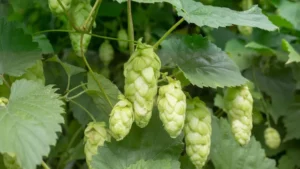


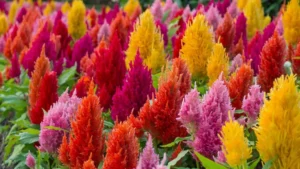

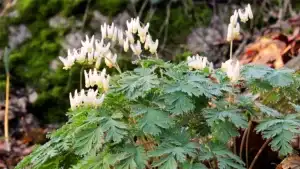
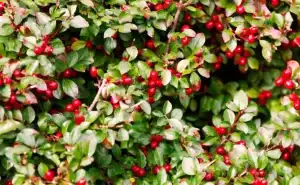
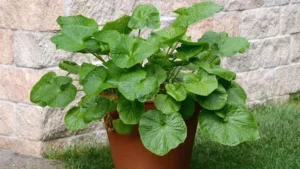

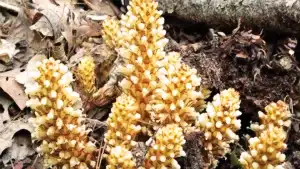
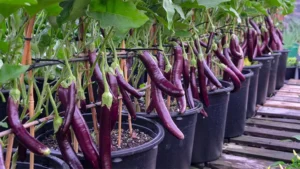

Leave your comment